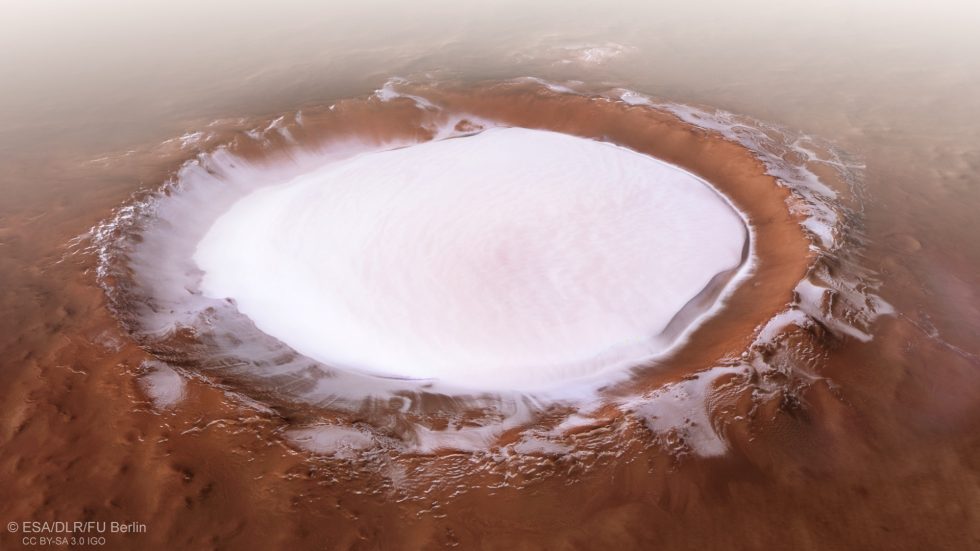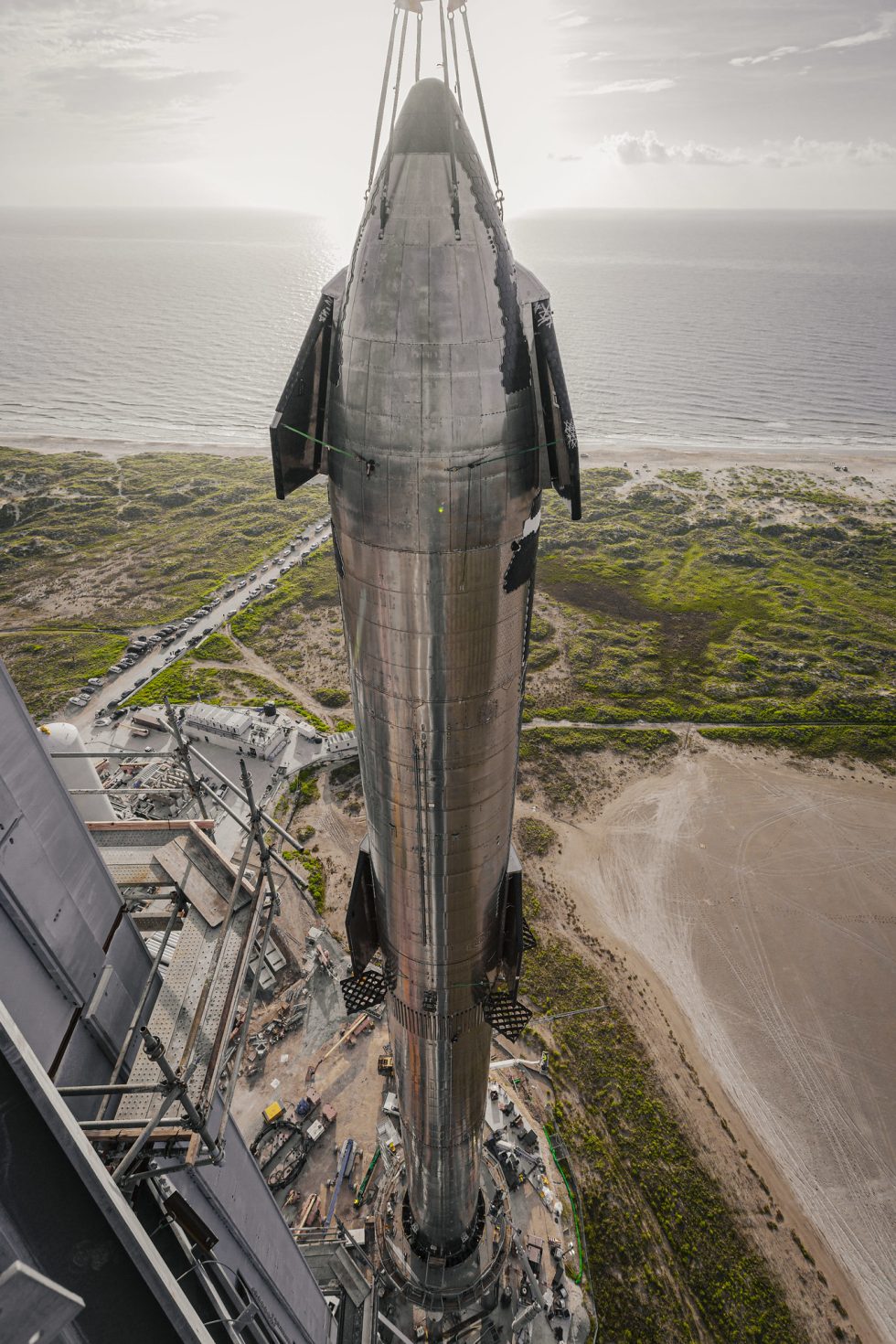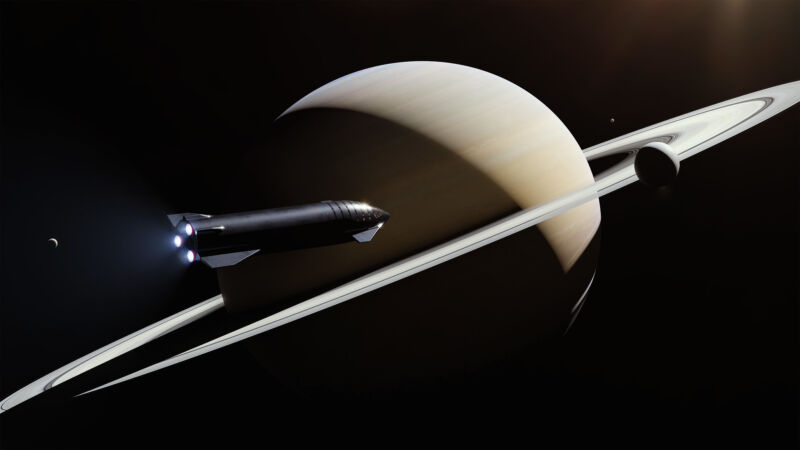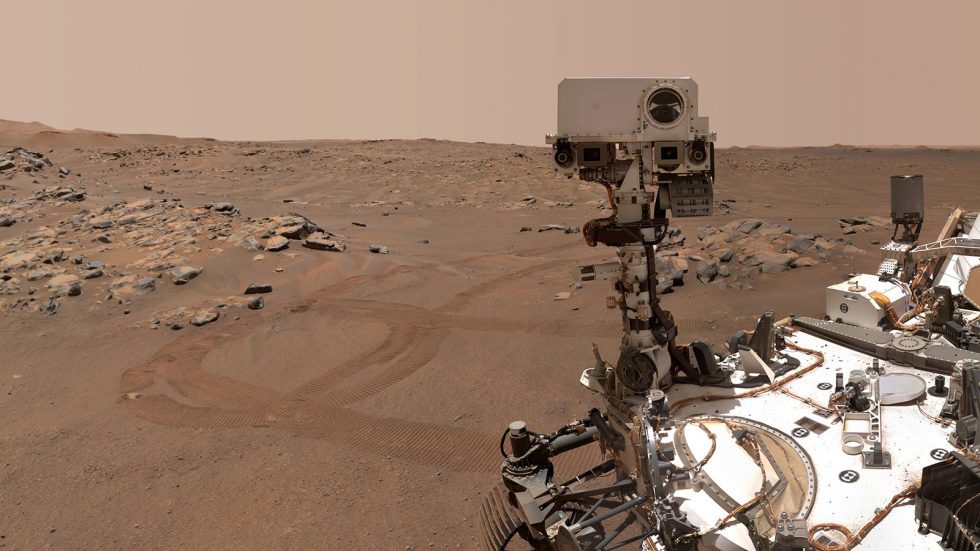Jennifer Heldmann stared at the computer screens on her desk, watching as a rocket's upper stage slammed into a crater near the South Pole of the Moon. In the name of science, a 2.3-ton chunk of steel struck the Moon with the force of 2 tons of TNT.
It was October 2009, and Heldmann tracked the impact from inside the Science Operations Center at NASA Ames in California. As a 33-year-old planetary scientist, she was working her first major mission for NASA by coordinating observations of the impact with ground-based telescopes.
NASA sought to "touch the ice" with the LCROSS mission. Although the Apollo landings in the 1960s and early 1970s had found a gray and barren world, scientists had since come to believe that pockets of ice were trapped below the rims of craters in permanent darkness at the poles, the remnants of billions of years of cometary impacts. Centaur's mission was to blast one of these craters and see if the scientists were right.
After poring over the data, NASA declared that it had indeed found water in the vapor plume kicked up by the Centaur impact, as well as material ejected by the blast.
For Heldmann, this was a pivotal moment in her career. The experience cemented her interest as a planetary scientist in following the water. "It is truly amazing how the results of that mission have been so profound," she said.
The discovery of water ice on the Moon highlighted an era in which planetary scientists were finding ice and water all over the Solar System—on the ice-encrusted moons of Europa and Enceladus, on and beneath the surface of Mars, and potentially in even more far-flung locations, such as the interior of Pluto or Neptune's largest moon, Triton. As they looked beyond Earth, scientists discovered, water was nearly everywhere.
These discoveries raised all manner of tantalizing prospects. Where there is water—or once was—life might have developed. Scientists were therefore no longer just looking for fossils in long-dry lake beds on Mars; they began seeking out living organisms in the large oceans of Europa, Enceladus, and elsewhere. For human exploration, too, the proliferation of water offered a great opportunity. Where there is water, there are the components for rocket fuel—liquid hydrogen and liquid oxygen.
In no small way, these discoveries have influenced the focus of NASA's science and human spaceflight programs. NASA has increasingly leveraged its annual planetary science budget, about $3 billion a year, to support missions that may find past or even present life on other worlds. And during the last four years, the space agency has been formulating a plan to send astronauts to the Moon, possibly to extract water there, as a precursor to sending humans to Mars.

For scientists, there are always more questions than answers. And there are always many more missions they want to fly than funds available to fly them. The ubiquity of water has only heightened scientists' desire to get robots out into the Solar System to definitively find ice deposits and subsurface oceans and to characterize them. Just as we're learning that the Solar System holds far more secrets than we might have imagined—which makes our inability to fly out there and unlock them especially frustrating.
But what if we could?
Some planetary scientists have started warming to the idea that SpaceX's new Starship rocket, with its unprecedented lift capabilities and potentially paradigm-shattering low costs, could open up the Solar System to a new era of exploration. Imagine sending a lander to Europa, which harbors a vast, warm, subsurface ocean. During recent NASA planning meetings, scientists contemplated sending a complex spacecraft, costing billions of dollars, to conduct science on Europa. At best, they were hoping to land a payload of science instruments about the size and mass of a mini-refrigerator there.
With Starship, by contrast, NASA might land a cache of scientific payloads the size of a single-story unfurnished house.
"You can really take advantage of the Starship architecture and get to the outer Solar System in ways we haven't thought about before," Heldmann said. "It could provide a revolutionary new way of exploring these worlds."
Starship’s origins
Engineers at SpaceX have been working seriously on the development of Starship for about five years, and over the last dozen months or so, they have completed several early test flights. Much technical work remains, but the company appears to be well on its way to delivering a superheavy-lift rocket that is fully reusable, low-cost, and potentially capable of delivering as much as 100 tons to the surface of most bodies in the Solar System.
SpaceX and its founder, Elon Musk, view Starship as the key rocket to take humans to Mars and eventually build a self-sustaining settlement there. But such a vehicle would have myriad other uses for science, exploration, and defense purposes.
A highly reliable version of Starship likely remains several years away, but the vehicle could begin a series of orbital test flights in early 2022. NASA's human exploration program now has so much confidence in Starship that the space agency selected the vehicle to serve as the landing system of its Artemis Moon Program. Now, if Starship fails, NASA isn't going back to the Moon.
"Starship can bring unprecedented amounts of payload to Mars and elsewhere," Heldmann said. "Planetary scientists need to be thinking about how we can take advantage of this capability because it’s extraordinary. And if we want to take advantage of these opportunities, to have payloads on the uncrewed test flights, we need to get going."
SpaceX first approached the planetary science community in 2018 with a series of "Mars workshops" that addressed basic questions such as potential landing sites on the planet and gaps in knowledge that need to be filled before people can safely live and work on the surface.

The company invited prominent names from the Mars research community, and several dozen participated. Some had already bought into SpaceX's vision, but others were skeptical. Over time, as SpaceX built and tested prototypes, even some of the skeptics began to buy in, believing that Starship was really going to happen.
"As Starship has begun to seem more real, it has changed people's minds," said Tanya Harrison, a planetary scientist and Mars expert who participated in the meetings. "Starship being selected for the lunar missions was a huge credibility boost."



3175x175(CURRENT).thumb.jpg.b05acc060982b36f5891ba728e6d953c.jpg)


Recommended Comments
There are no comments to display.
Join the conversation
You can post now and register later. If you have an account, sign in now to post with your account.
Note: Your post will require moderator approval before it will be visible.